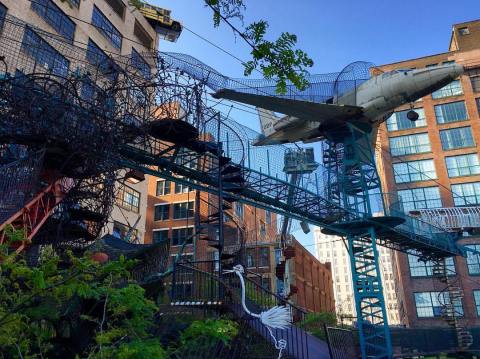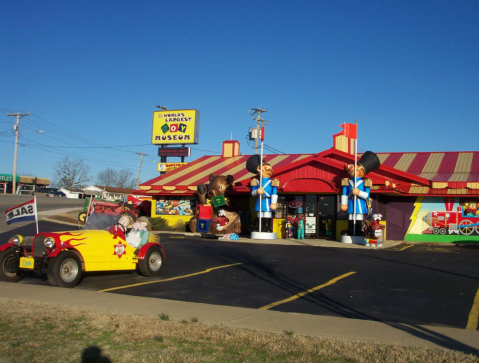What Was Discovered Buried Underneath A Missouri Farm Is Mind Blowing
The steamboat Arabia was a side wheeler steamboat built in 1853 in Brownsville, Pennsylvania. On September 5, 1856, it hit a snag in the Missouri River and sank near Parkville, Missouri. The steamboat and its contents were found in the late 1980s by a team of researchers.
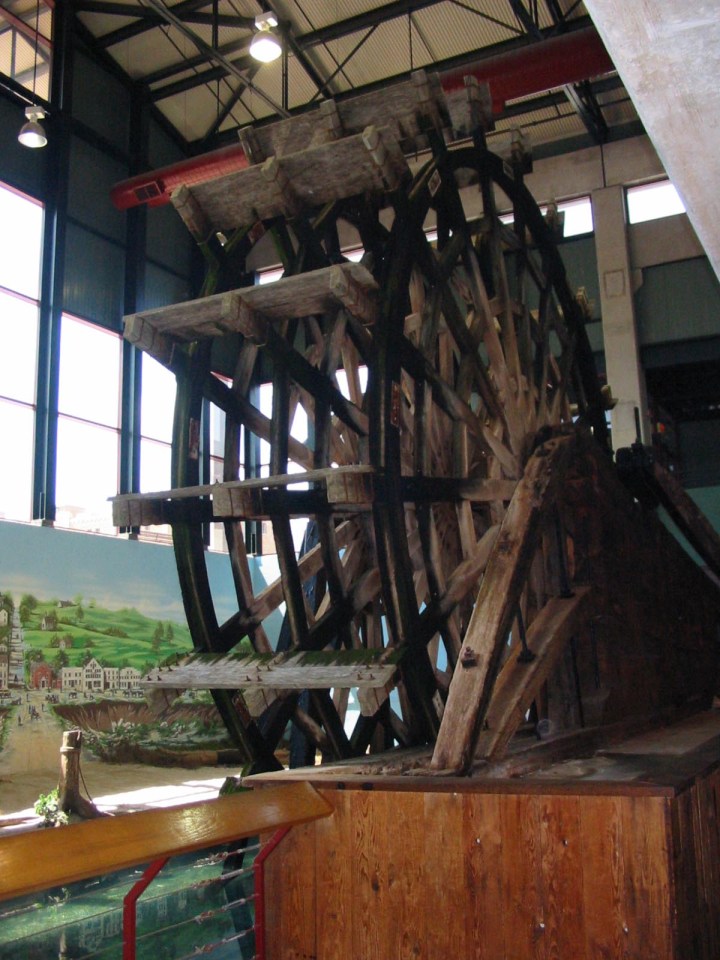
The 28-foot paddlewheels worked the boat’s steam boilers and averaged five miles an hour going upstream. It traveled the Ohio and Mississippi rivers until it was purchased by Captain John Shaw, who operated the boat on the Missouri River. It was sold to Captain William Terrill and William Boyd in the spring of 1856, and they would be the Arabia’s final owners.
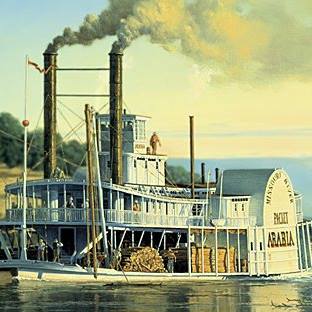
The Arabia Steamboat made fourteen trips up and down the Missouri until its sinking. Signs of trouble began in March, when the boat collided with either a rock or a sand bar and nearly sank due to a damaged rudder.
Repairs were made, but a few weeks later the boat blew a cylinder head and was back in repairs. The Arabia was also stopped around the same time by pro-slavery Border Ruffians and they discovered guns and cannons meant for the slavery-free Kansas Territory from the abolitionist Massachusetts Aid Society.
Repairs were made, but a few weeks later the boat blew a cylinder head and was back in repairs. The Arabia was also stopped around the same time by pro-slavery Border Ruffians and they discovered guns and cannons meant for the slavery-free Kansas Territory from the abolitionist Massachusetts Aid Society.
Advertisement
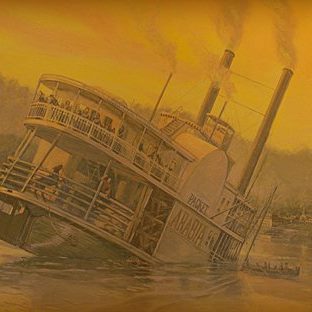
While on a routine trip on September 5, 1856, the boat hit a submerged walnut tree snag. The hull was ripped open and it quickly filled up with water. Luckily, there were no human casualties since upper decks of the boat stayed above water. This gave the passengers and crew enough time to abandon the vessel. The only casualty was a forgotten mule that had been tied to sawmill equipment.
By the next morning, only the smokestacks and pilot house were still visible. After a few days, even these traces were gone, and numerous salvage attempts failed. The river shifted over time, and the site of the actual sinking is now in a field in Kansas City, Kansas.
By the next morning, only the smokestacks and pilot house were still visible. After a few days, even these traces were gone, and numerous salvage attempts failed. The river shifted over time, and the site of the actual sinking is now in a field in Kansas City, Kansas.
Advertisement

A man named Elisha Sortor purchased the property where the boat lay in the 1860s. A Sortor family legend was that the boat was located someone under that land. Other legends formed. In the surrounding towns, and stories were told of the sunken steamboat. However, the exact location of the boat was lost over time.
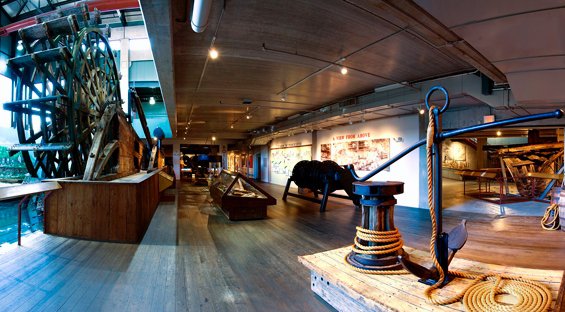
Fast forward to 1987 when Bob Hawley and his sons, Greg and David, decided to try to find the elusive boat. Using old maps and a proton magnetometer they found the Arabia on a farm about a half mile from the river and under 45 feet of silt and topsoil.

They gained permission for excavation, with the condition that the work was done before time for the farmer’s spring planting. Summer and fall were their preparation time. In order to determine the exact location of the hull, they performed a series of drilling tests, then marked the perimeter with powdered chalk. The brought in heavy equipment, including a 100-ton crane. Twenty irrigation pumps were installed. 65-foot deep wells removed 20,000 US gallons per minute from the ground.

The boat was finally exposed on November 26, 1988. The first artifact, a Goodyear rubber overshoe, was discovered four days later. More artifacts continued to appear including a wooden crate of elegant china. The mud the boat had been buried in had been such an effective preserver, the yellow packing straw was still visible.
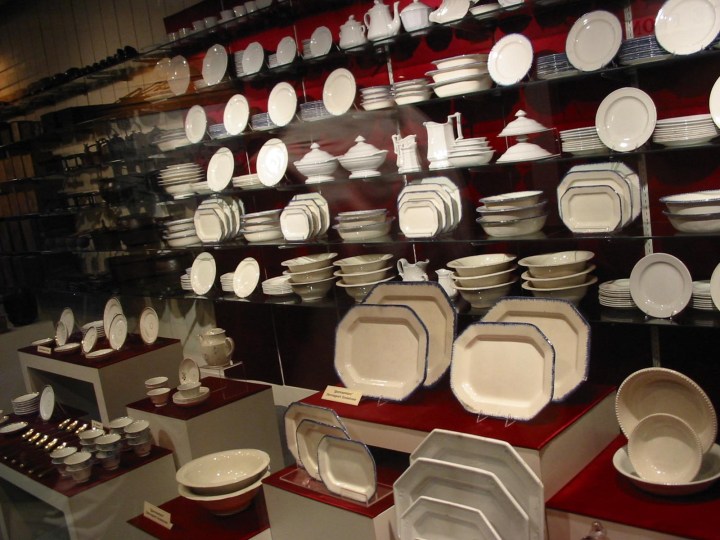
Advertisement
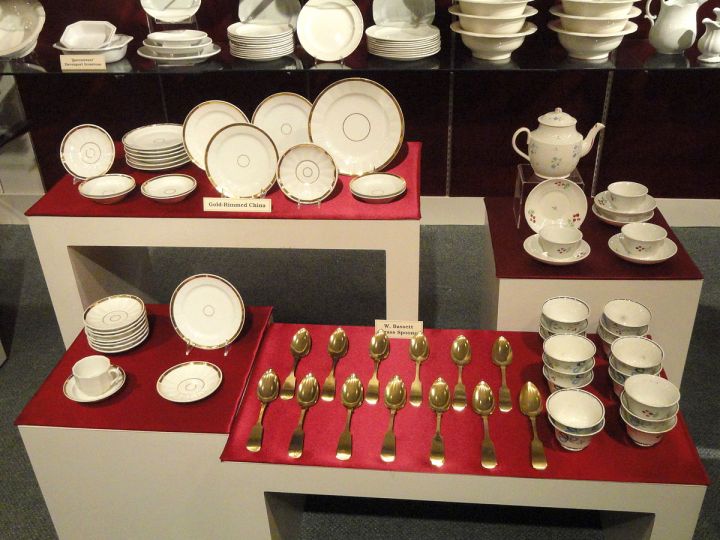

Over the rest of the excavation, thousands of artifacts were found intact, including jars of (still edible!) of preserved food. All of the artifacts that were recovered from the site are now housed in the Arabia Steamboat Museum in Kansas City, Missouri.
Here are more of the things that they found...
Here are more of the things that they found...
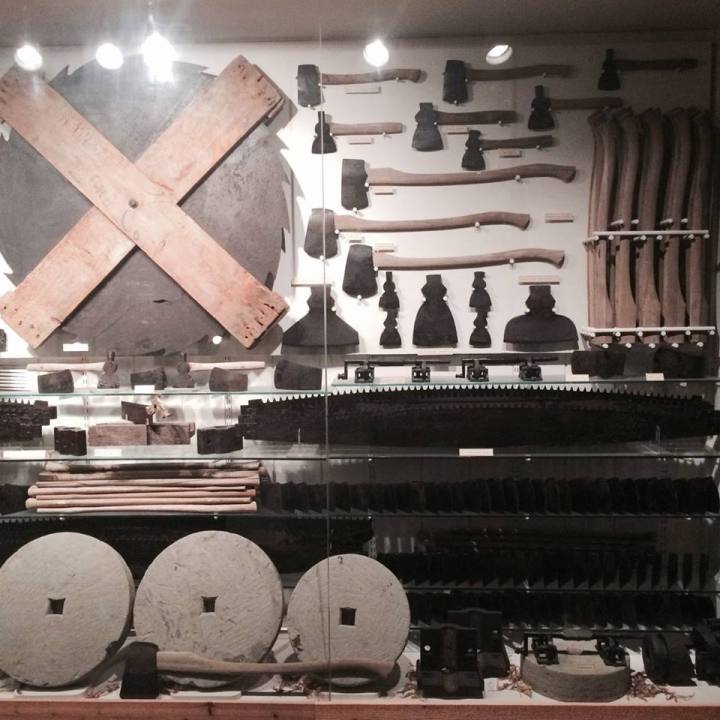
235 axe heads, 76 axe handles, 9 hand axes, 9 broad axes, and 13 hatchets were discovered amongst the thousands of tools in the Arabia's cargo when the steamboat sank in 1856.
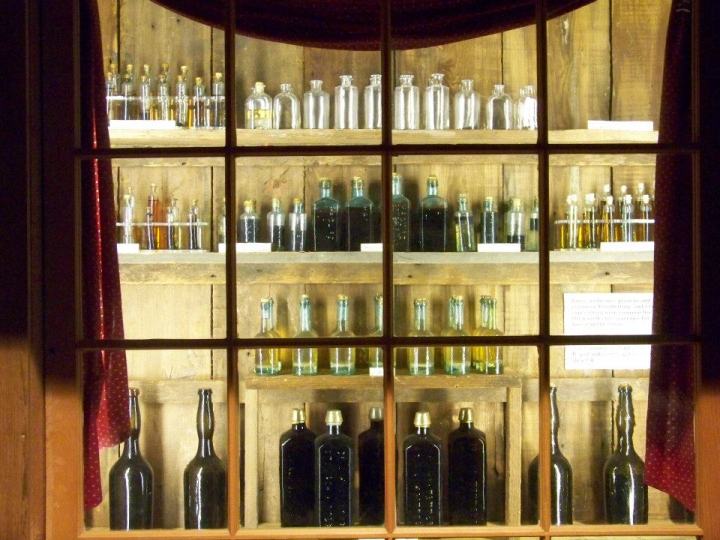
A large variety of mostly unidentified medicines several bottles of Dr. J. Hostetter's Stomach Bitters.

Over 10,000 calico buttons with 29 different distinct patterns were found. Calico buttons were printed with tiny, delicate patterns to match women's dresses in the 1850s.
Advertisement
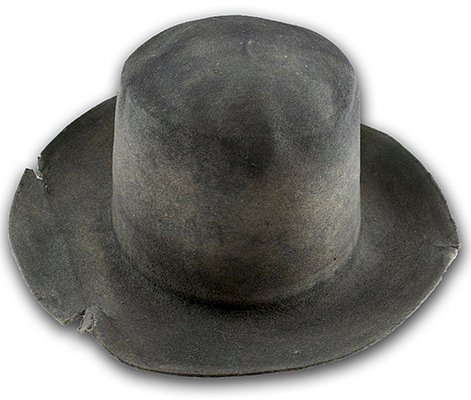
The Steamboat Arabia carried hundreds of hats to the frontier, including the wool felt hat, pictured here.
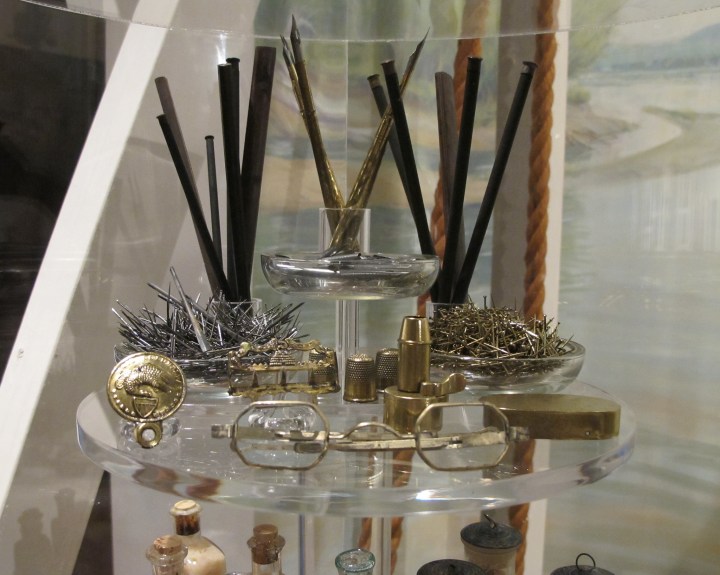
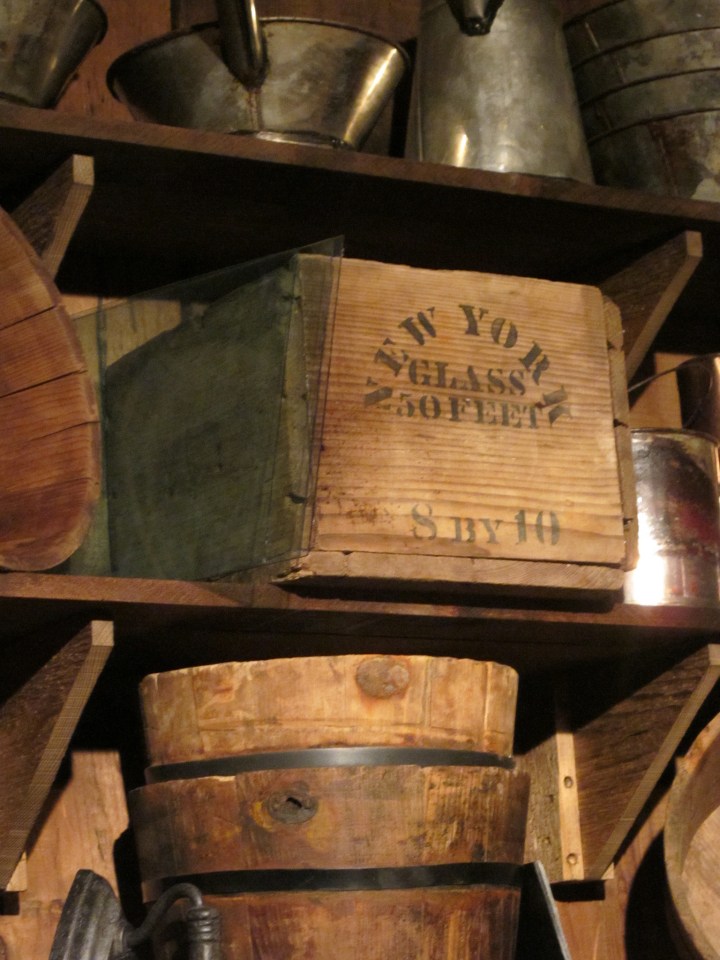
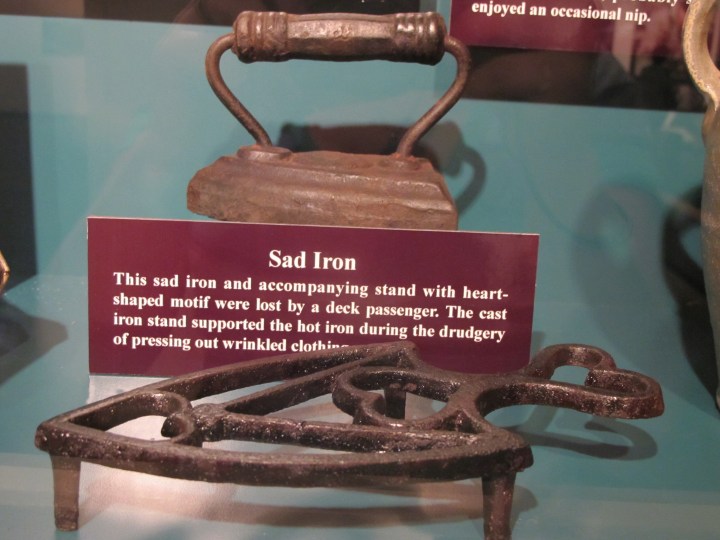

Work finally ended at the site on February 11, 1989. The pumps were turned off and work ceased at the site. The hole filled with water overnight, and the site was filled back in so it wouldn’t be a hazard. The Arabia Steamboat museum is located at 400 Grand Blvd in Kansas City. For more information, click here.
OnlyInYourState may earn compensation through affiliate links in this article. As an Amazon Associate, we earn from qualifying purchases.


